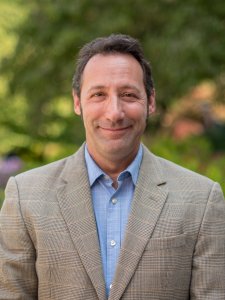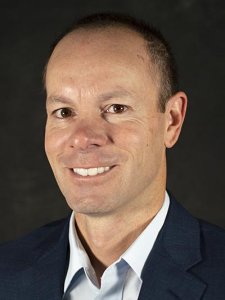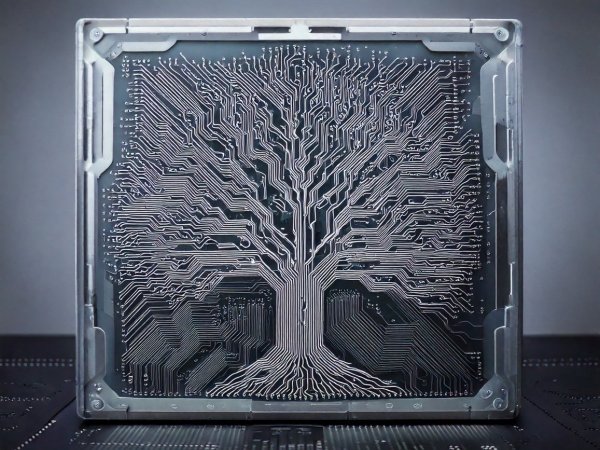Insights and Innovations is a column featuring brief essays, Q&As, op-eds, and expert commentary on energy and environmental topics. Contributors include faculty, graduate students, and researchers from across Penn State.
The overlooked links between water and energy — and the rising risks they share
Discover how water and energy systems depend on each other, and why drought, heat, and rising electricity demand are creating shared risks for reliability and planning.
How smart buildings use AI to cut energy use and improve health
AI-powered smart buildings improve comfort, cut energy use, and lower emissions—helping create healthier spaces and a cleaner, more resilient future.
Resilient reefs: How soft corals survive bleaching and warming oceans
As stony corals decline from heat and pollution, soft-bodied octocorals are taking over and fundamentally changing these vital habitats. Powered by unique algae partnerships, their resilience is helping scientists understand which species might endure warming seas — and what that means for the future of reefs.
The growing threat of extreme weather to the U.S. power grid
Learn how a severe Pennsylvania storm exposed weaknesses in the U.S. power grid—and the practical strategies any community can use to prepare.
Understanding and preventing tick-borne disease in Pennsylvania
Pennsylvania is one of the top states in the U.S. for reported cases of Lyme disease and other tick-borne illnesses. To better understand the risks and how to stay safe, we spoke with Erika Machtinger, a Penn State researcher who studies tick ecology, disease transmission, and prevention strategies.
Beyond the thermometer: The new science of extreme heat and human health
A Penn State expert reveals the body's true temperature limits, the hidden cardiovascular risks of extreme heat, and the science-backed strategies to stay safe.
How youth culture is reimagining climate action
Young people are using culture, creativity, and digital media to reimagine climate action. See how their everyday choices are shaping a sustainable future.
Why drone-planted forests can struggle to take root—and a nature-inspired solution
As deforestation accelerates, reforestation efforts face a major hurdle: most scattered seeds don’t survive. New bio-inspired research is developing natural seed coatings to help seeds withstand tough conditions and improve their chances of taking root.
How Penn State is addressing climate change — together
Faculty leaders Erica Smithwick, Jacqueline O’Connor, and Janet Swim share what the Climate Solutions Symposium means to them—and why showing up matters. From wildfires and emissions to policy and public trust, their reflections reveal how Penn State is turning interdisciplinary research into collaborative climate action.
Why AI uses so much energy — and what we can do about it
From powering massive data centers to generating e-waste, AI’s environmental footprint is growing fast. In this Q&A, a computer scientist explains how smarter design, better infrastructure, and interdisciplinary research can help reduce AI’s impact while advancing innovation.






























